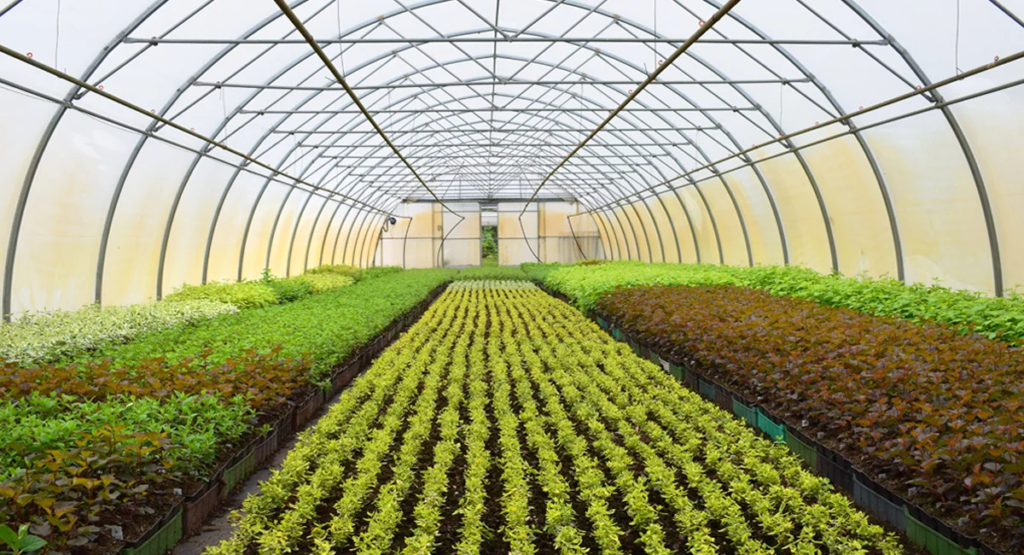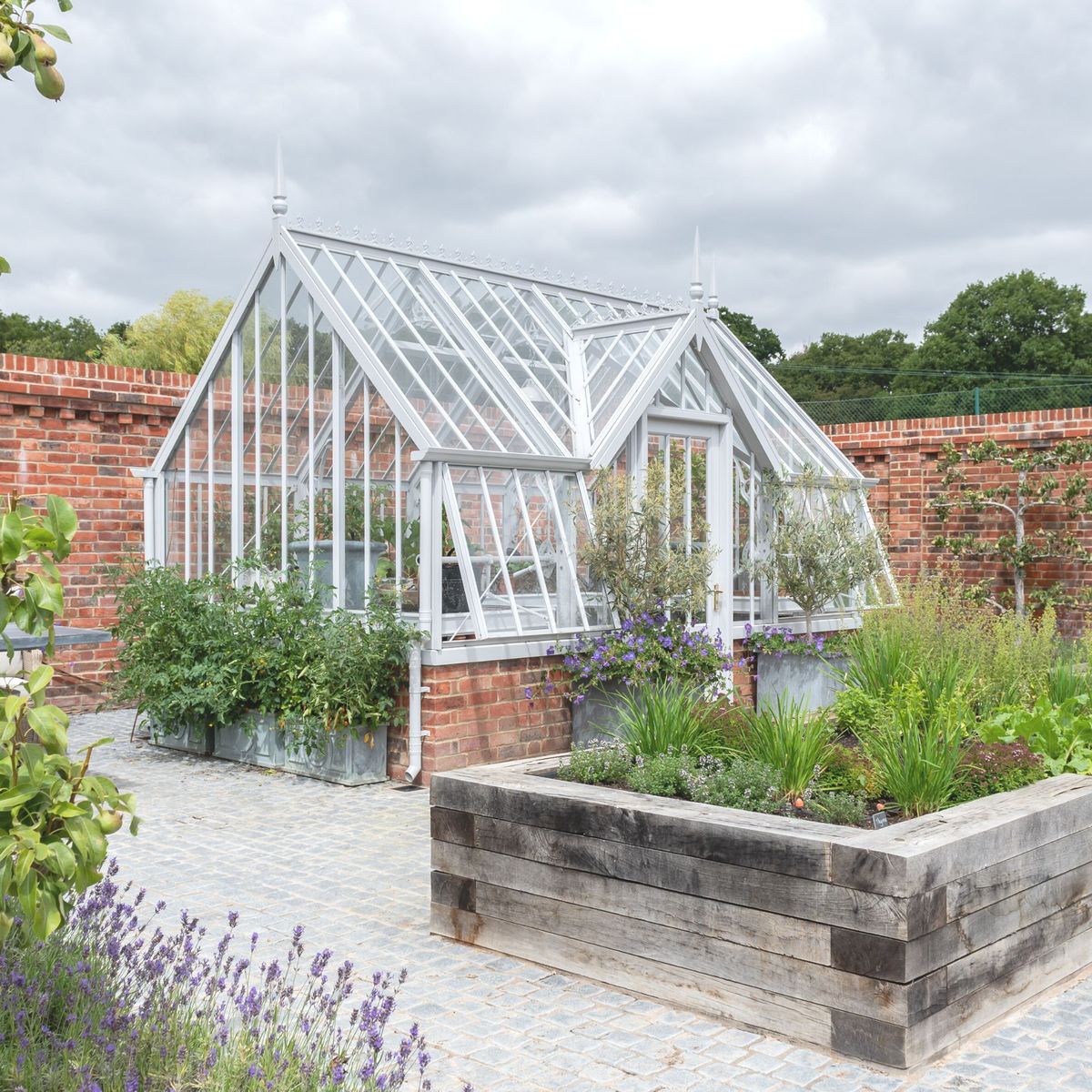A greenhouse can be a gardener’s best investment, extending the growing season and allowing you to grow more of what you love. However, buying the right greenhouse requires thoughtful consideration. Here’s everything you need to know before you make your decision.
1. Choosing the Right Size Greenhouse
When it comes to greenhouse size, bigger is often better. A larger greenhouse provides more space for your plants, whether you’re growing seedlings, tender plants for overwintering, or summer staples like tomatoes. A 6x8ft greenhouse (1.8 x 2.4m) is a popular choice for many gardeners, offering plenty of room for spring seedlings and summer crops. However, don’t forget to leave space around the greenhouse for easy maintenance, cleaning, and ventilation.

Remember, a larger greenhouse means more space to work with, but it also requires more effort to manage. Consider the space needed to store tools, water barrels, and to help acclimatize plants before planting them outside.
2. Freestanding vs. Lean-to Greenhouses
Freestanding greenhouses are the most common, offering flexibility in placement. Alternatively, lean-to greenhouses that attach to an existing wall can be a great choice. The wall absorbs heat during the day and reflects it back onto plants, providing a natural heat source—especially beneficial during colder months.
3. Glass or Polycarbonate Glazing?
One of the most significant decisions is choosing the glazing material. Glass greenhouses provide excellent light transmission, making them ideal for maximizing plant growth. However, they can break into dangerous shards and require more maintenance.
Polycarbonate is a safer, durable option. It’s lightweight and won’t shatter, but it doesn’t transmit light as well as glass and can discolor or become brittle over time. Modern tempered glass, while more expensive, combines strength and clarity, and is easier to clean.
4. Air Flow and Ventilation
Proper ventilation is crucial to maintaining a healthy greenhouse. Stagnant air can lead to overheating and increase the risk of disease and pests. A greenhouse should have roof vents, but side vents are also important for creating a chimney effect that promotes air circulation.
For added convenience, consider installing automatic vent openers that respond to temperature changes, ensuring optimal airflow even when you’re not around.

5. Insulation and Heating
While most gardeners avoid heating their greenhouses due to costs, insulation is essential. Bubble plastic can be fixed to the inside during colder months to trap heat. Additionally, moving seedlings in and out of the greenhouse based on weather conditions can protect them from frost.
6. Greenhouse Flooring and Foundations
A solid, level base is critical for stability. Bare soil can shift, so it’s best to use concrete, bricks, or paving slabs as a foundation. Gravel can be a cost-effective flooring option, but it’s hard to clean and prone to weeds.
A more solid flooring option, like bricks or slabs, offers additional benefits. It absorbs heat during the day and releases it at night, helping maintain a more consistent temperature. You can also wet the flooring on hot days to control humidity.
7. Must-Have Greenhouse Accessories
To get the most out of your greenhouse, you’ll need a few essential accessories. Raised staging or benches make it easier to care for plants and store tools and supplies. A potting bench provides a dedicated space for preparing soil and potting plants.
Temperature control is also important, especially in the early spring. A thermometer, either analog or digital, can help you monitor temperature levels inside the greenhouse to ensure your plants remain safe.
8. Shading and Watering
During the warmer months, shading can protect plants from excessive heat. Internal blinds are a convenient but expensive option, while shade paint offers an affordable alternative. Rainwater is best for plants, so ensure your greenhouse has gutters and connect them to water barrels for efficient watering.
A greenhouse can truly be the heart of your garden, but choosing the right one requires thoughtful consideration of factors like size, ventilation, insulation, and accessories. By planning ahead, you’ll create a space that enhances your gardening experience, allowing you to grow year-round with ease. Let me know in the comments if you’re planning to get a greenhouse, and feel free to share what you’ll be growing inside!
